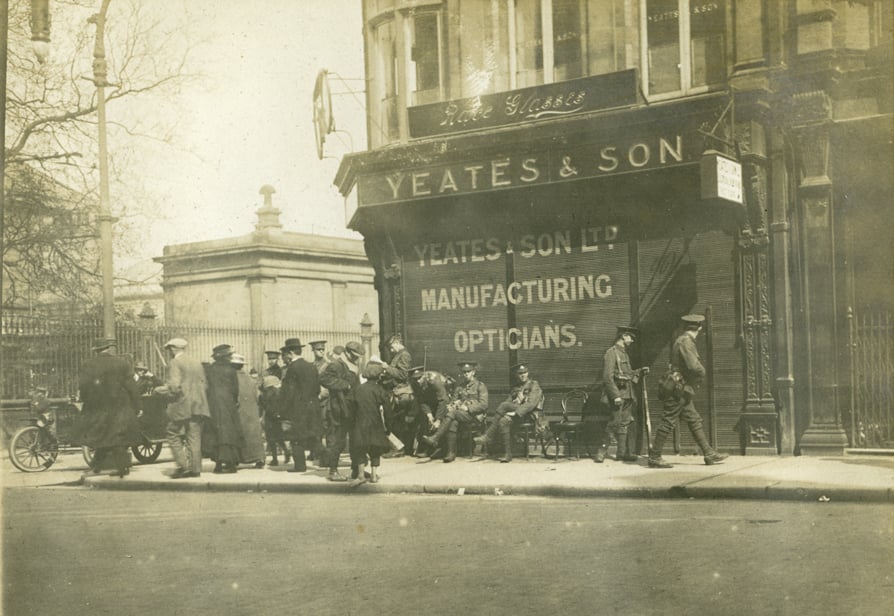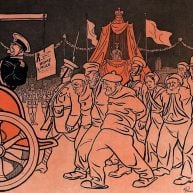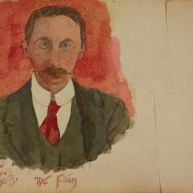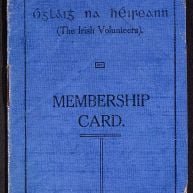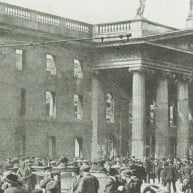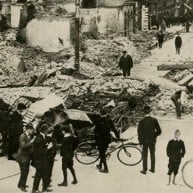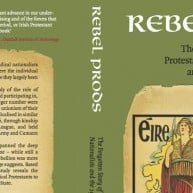Features
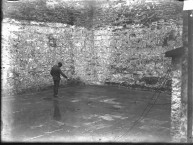
Capital Crime: 1916 and Death Penalty Discourse in Independent Ireland
Given the profound political and, indeed, cultural impact of the executions in the immediate aftermath of the 1916 Rising, it might have been expected that such an episode would have tempered the willingness of Irish politicians to permit their fellow countrymen to face the hangman or a firing party when independence...
READ THIS FEATUREGalleries
People & Places
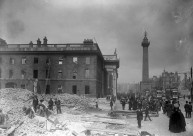
Sites of 1916: The GPO
The General Post Office (GPO) on Dublin's Sackville Street (O'Connell Street) is the most famous location associated with the Easter Rising. Originally opened in 1818, the GPO was seized by members of the Irish Volunteers and Irish Citizen Army led by Patrick Pearse and others early on the afternoon...
READ THIS ARTICLEFilm
Background
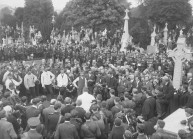
‘Ireland unfree shall never be at peace’
Dublin, 1 August 1915 - Patrick Pearse, the schoolteacher and Irish language activist, delivered a stirring oration at the graveside of Jeremiah O’Donovan Rossa at Glasnevin cemetery. In the course of his speech, Mr. Pearse paid homage to O’Donovan Rossa’s unrepentant Fenianism and to Ireland&rsquo...
READ THIS ARTICLEListen
Education
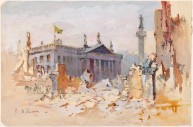
Object: Painting by Edmond Delrenne
Object title: The Ruins of O’Connell Street, 1916 by Edmond Delrenne Physical Description: Charcoal and watercolour with white highlights on paper. 17.1 x 26 cm Background: This watercolour was produced by Belgian artist Edmond Delrenne. Very little is known of Delrenne other than he was a refugee of the...
READ THIS ARTICLECentury Ireland
The Century Ireland project is an online historical newspaper that tells the story of the events of Irish life a century ago.

